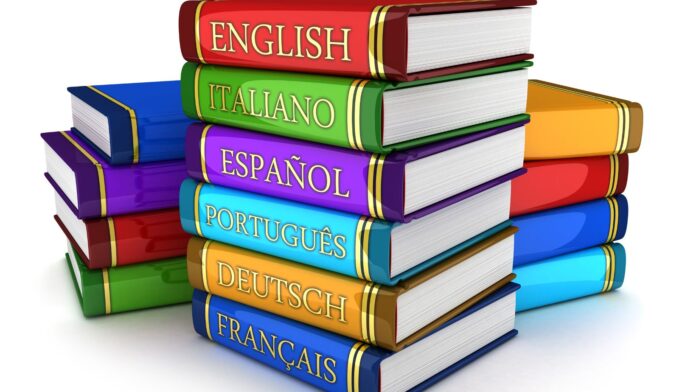How Does the Textbook Define the Hidden Curriculum
The hidden curriculum, as defined in the textbook, refers to the unwritten and often unintended lessons that students learn in addition to the formal curriculum. While the explicit curriculum consists of subjects and concepts taught in schools, the hidden curriculum encompasses values, behaviors, and social norms that are indirectly transmitted through various aspects of school life.
One way the textbook defines the hidden curriculum is by highlighting its influence on shaping students’ attitudes and beliefs. For instance, it may convey implicit messages about gender roles or societal expectations through classroom interactions or even through the choice of instructional materials. These subtle messages can significantly impact students’ understanding of themselves and their place within society.
Another aspect emphasized in the textbook’s definition is how the hidden curriculum prepares students for life beyond academics. It includes teaching essential skills such as cooperation, punctuality, responsibility, and respect for authority figures. These skills are crucial for success not only in school but also in future careers and social interactions.
Understanding how the textbook defines the hidden curriculum provides valuable insights into recognizing its presence within educational settings. By acknowledging its existence and impact on student learning experiences, educators can work towards harnessing its potential positively while minimizing any potential negative effects it may have on marginalized groups or perpetuating stereotypes.

Definition of the Hidden Curriculum
Let’s dive into the fascinating concept of the hidden curriculum. The hidden curriculum refers to the unwritten, implicit lessons and values that students learn in school, alongside the formal or explicit curriculum. While textbooks primarily focus on delivering subject-specific knowledge, it is essential to acknowledge that education encompasses much more than just facts and figures.
In essence, the hidden curriculum consists of those unintentional lessons that shape a student’s beliefs, attitudes, values, and behaviors. These lessons are not explicitly taught but are embedded within the everyday interactions and experiences within educational settings. They can be influenced by various factors such as school culture, teacher-student relationships, peer dynamics, and even societal norms.
One way to understand the hidden curriculum is through its impact on socialization. Schools are not only academic institutions but also microcosms of society where students learn how to navigate social structures and expectations. For example, through observing their teachers’ behavior or participating in group activities with classmates, students may implicitly learn about concepts like respect for authority figures or teamwork.
Another aspect of the hidden curriculum is its role in reinforcing societal norms and values. Educational institutions often reflect prevailing cultural ideologies and transmit them to future generations. This transmission occurs through subtle messages conveyed in classroom materials, disciplinary practices, or even gendered division of tasks during extracurricular activities.
Furthermore, while textbooks provide valuable information necessary for academic success, they may not always cover topics related to critical thinking skills or emotional intelligence development explicitly. However, these skills play a significant role in personal growth beyond traditional academic achievements. Therefore, understanding the presence of a hidden curriculum allows educators to be mindful of fostering holistic development among their students.
In conclusion, recognizing and acknowledging the existence of a hidden curriculum is crucial for creating well-rounded educational experiences that go beyond textbook knowledge alone. By being aware of these implicit messages transmitted within educational settings (It’s better without parentheses), educators can actively shape the hidden curriculum to promote values such as inclusivity, critical thinking, and social-emotional learning. Ultimately, a comprehensive education encompasses both the explicit and hidden curricula, preparing students for success not only academically but also in their personal lives.


